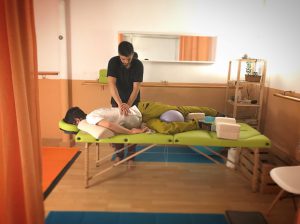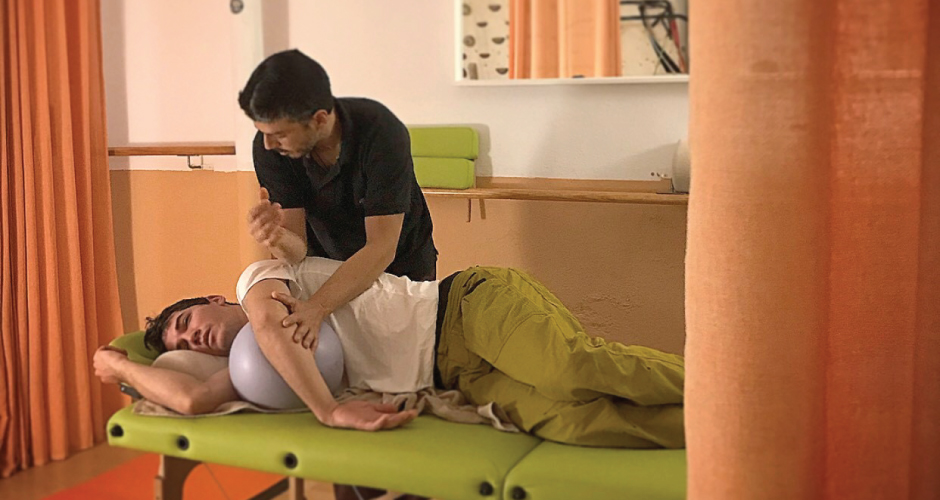KletterRetter Blog
Non-traumatic injuries: shoulder tendinitis
Imagine a climber that is experiencing discomfort in their shoulder. Dysfunction in the biomechanics of a climber’s shoulder, combined with the repetition of some specific movements whilst climbing can cause small compressive impact on certain tendons.
Over time, without any specific accident or trauma to the shoulder, these tendons begin to produce inflammation and pain.
The recommended standard treatment would be anti-inflammatory measures and rest.
If a climber only receives standard treatment but does not address the true cause of the inflammation, the inflammation-pain-tension cycle will repeat itself when they put the same, repeated impact on their tendons whilst climbing.
This process could even continue its evolution until the tendon suffers more structural damage and even reach the point of rupture.
Now, imagine that this same climber receives, in addition to standard treatment, treatment directed to the true cause of the inflammation.
It is very likely that this “tendinitis” will not evolve until a more serious injury.
 Examples like this, make us reflect on how we should look at non-traumatic injuries in climbing.
Examples like this, make us reflect on how we should look at non-traumatic injuries in climbing.
Many injuries, in truth, should be considered as biomechanical dysfunctions.
Although it is often difficult to categorise injuries in regard to preventive medicine, multidisciplinary diagnosis is the key to understanding the true cause of such injuries.
Learn more about biomechanics from Pablo: www.pabloscorza.com and www.instagram.com/pabloscorza/



